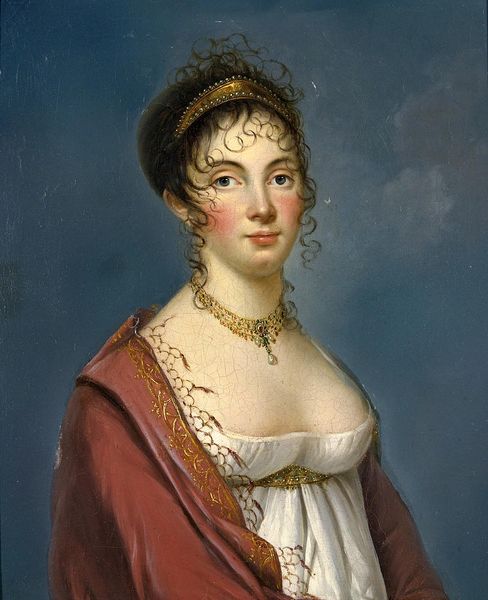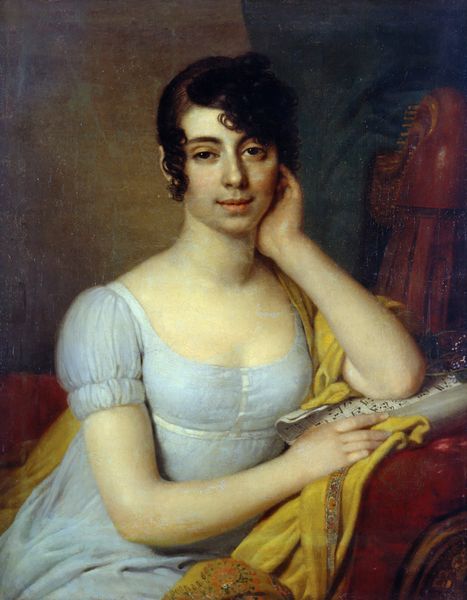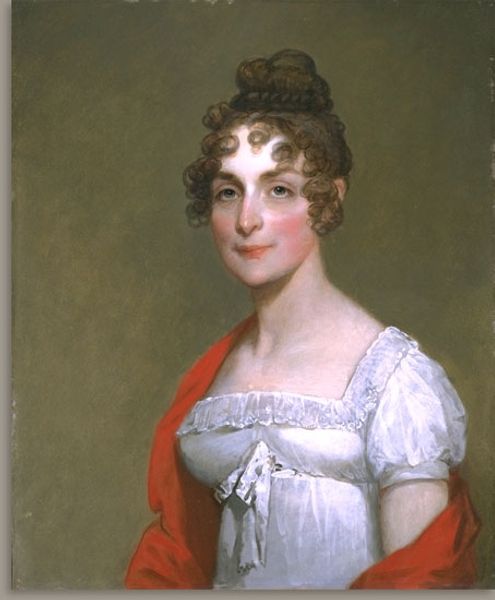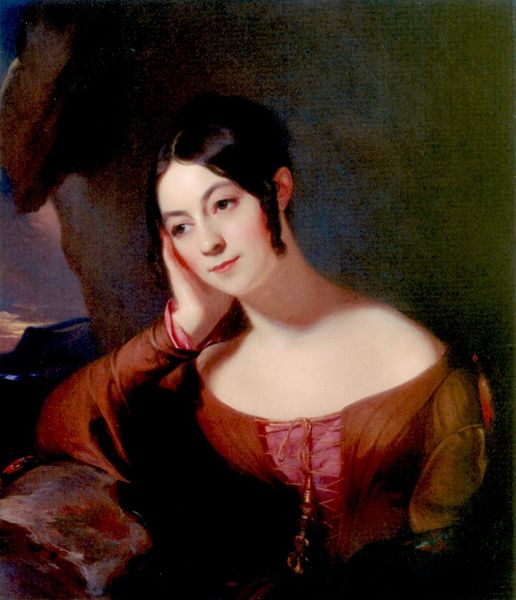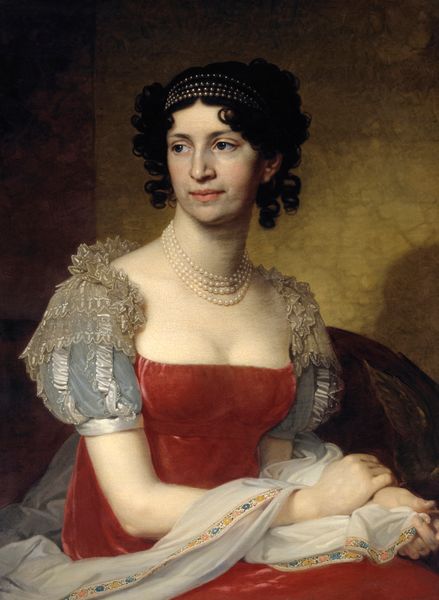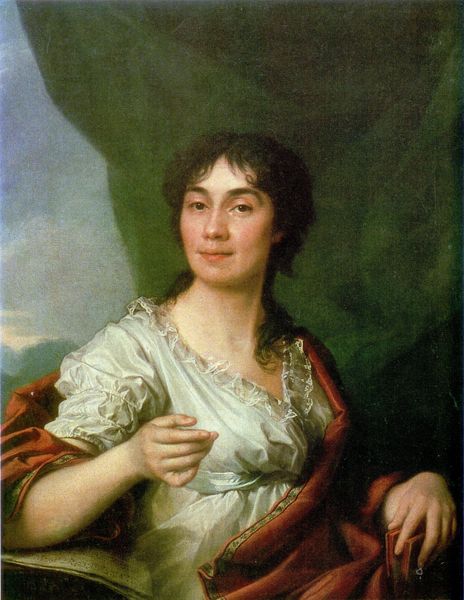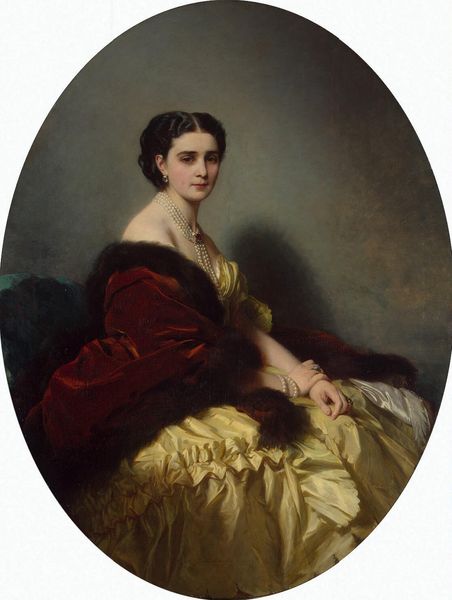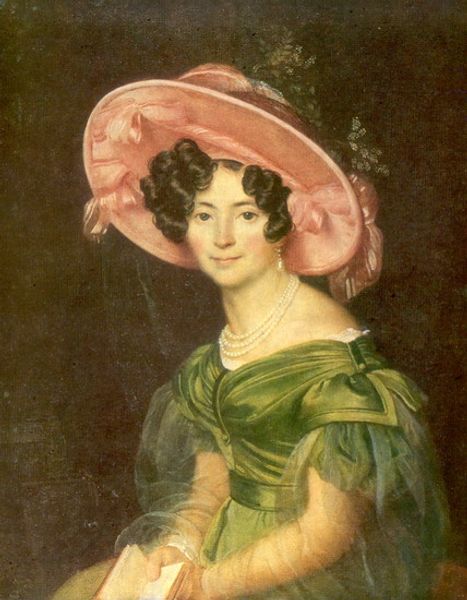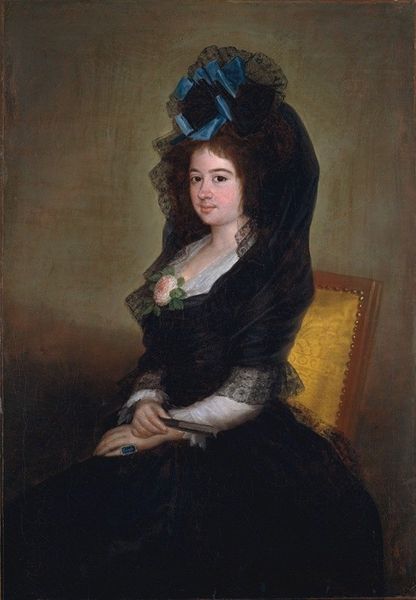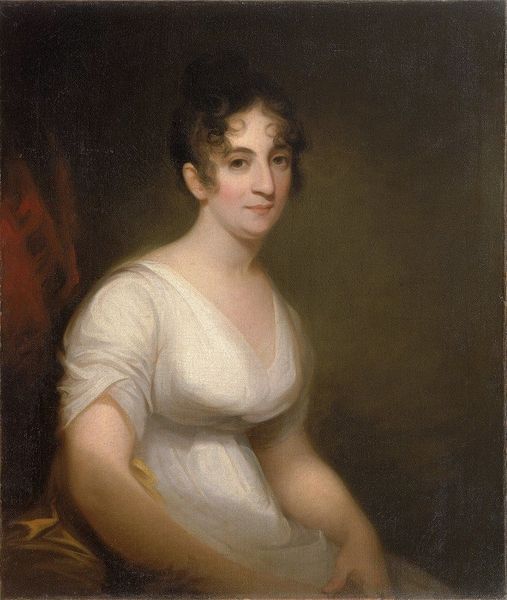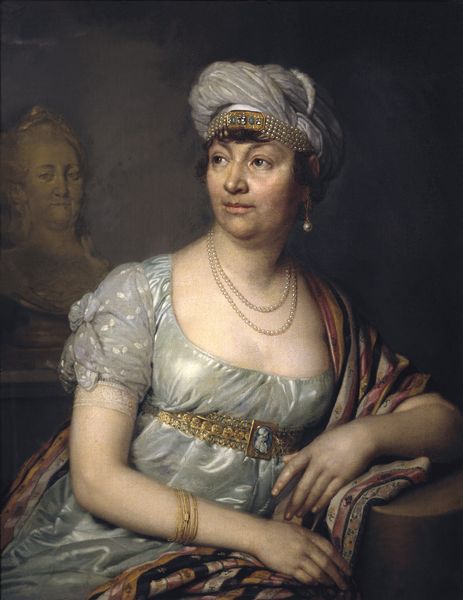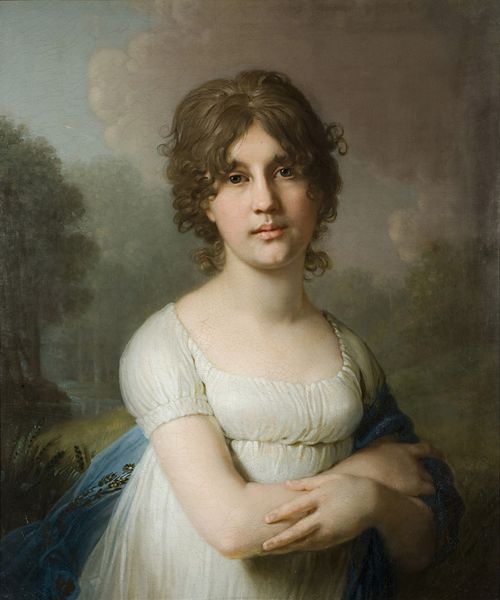
painting, oil-paint
#
portrait
#
painting
#
oil-paint
#
figuration
#
romanticism
Copyright: Public domain
Editor: This is "Portrait of Daria Semyonovna Baratov," an oil painting by Vladimir Borovikovsky, probably painted sometime in the late 18th or early 19th century. I’m immediately drawn to the sitter's gaze, like she's thinking about something just out of reach. What do you see in this portrait? Curator: I see a compelling tension between the constraints placed on women of the time and Daria's own individuality. Borovikovsky, situated within the Romanticism movement, frequently imbued his sitters with a certain sensitivity and emotion, often challenging the rigid norms of court portraiture. Her gaze, as you mentioned, invites speculation. What might she be longing for in a society that largely confined women to domestic roles? Editor: So, her expression isn't just a matter of the style, but maybe hints at the sitter's internal life, shaped by societal expectations? Curator: Precisely. Consider also the rose she holds. While a conventional symbol of beauty and love, might it also represent the limited avenues of expression available to women? Her pale dress and the soft background can also be interpreted within a feminist lens, representing perhaps, her vulnerability. This reading emphasizes the artwork as a reflection on women's social positions and limited roles, even within privileged classes. Does this perspective change how you see the work? Editor: It does! It adds layers of meaning that go beyond just the surface-level beauty. I now wonder what choices Daria had in her own life. Curator: And that's precisely where the power of art lies - it encourages us to question, to reflect, and to connect the art of the past with the social realities of the present. Editor: Absolutely. Thinking about it, seeing art through a historical lens really helps to think about the bigger picture. I appreciate your point of view.
Comments
No comments
Be the first to comment and join the conversation on the ultimate creative platform.

